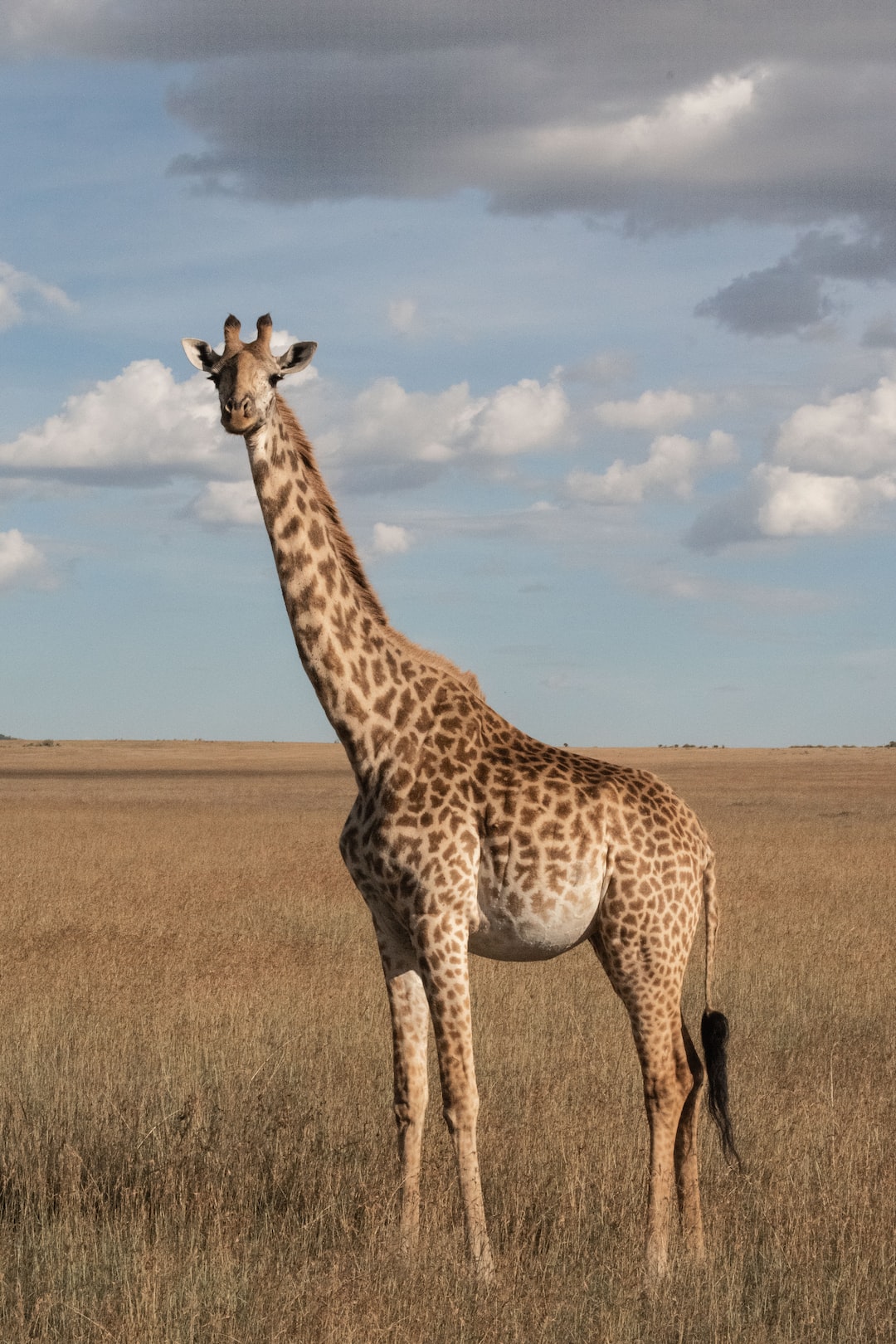Title: Animal Architects: Marvels of Construction in the Natural World
Introduction
In the vast realm of the animal kingdom, many creatures have proven themselves to be true architects, creating intricate and impressive structures to serve their various needs. From the intricate tunnels of ants to the elaborate webs spun by spiders, the construction skills exhibited by animals are nothing short of astonishing. Join us as we delve into the wonders of these animal architects, highlighting their exceptional abilities and the vital role they play in maintaining ecological balance.
1. Ants: The Masters of Tunnels
Ants deserve the spotlight when it comes to architectural prowess. Working together in highly organized colonies, they construct complex tunnel systems underground, serving as their nests and transportation networks. The scale of these networks can be mind-boggling, with some colonies stretching for miles and housing millions of individuals. Ants have perfected their tunnel construction techniques over millennia, using their strong mandibles to excavate soil or clay and reinforcing the walls of their tunnels with a mixture of saliva and soil particles.
2. Bees: Structural Wonders
Bees are renowned for their impressive hive structures, meticulously designed to facilitate efficient storage and communication. The hexagonal shape of honeycomb cells is a remarkable example of geometric precision, maximizing storage space while providing structural strength. Constructed from wax secreted by the bees, these combs serve as nurseries for their young, food storage, and even as a base for the queen to lay her eggs.
3. Termites: Builders in Harmony
Termite mounds stand as iconic examples of animal architecture. These towering structures can reach heights of up to 30 feet and are marvels of engineering. Constructed out of soil particles, saliva, and feces, termite mounds provide temperature regulation, air conditioning, and shelter for the termite colony. Intricate ventilation systems and labyrinth-like tunnels help maintain optimal conditions for the termites, despite the harsh environment outside.
4. Birds: Homes in the Sky
Birds exhibit diverse architectural skills, from intricate nests woven from grass and twigs to specialized nesting structures constructed in trees, bushes, or even cliffs. Weaverbirds, for instance, construct intricate and elaborate nests by skillfully weaving grass or leaves to create a secure and cozy abode for their offspring. The baya weaverbird, known for its captivating communal nests, constructs large structures that house multiple families and provide protection from predators.
5. Spiders: Artisans of the Web
Spider webs, often regarded as nature’s most intricate creations, are products of meticulous engineering by these eight-legged architects. Walking delicately on their silk threads, spiders craft complex and resilient webs designed to capture prey. Each silk strand is carefully spun and coated with a specialized adhesive to ensure prey is immobilized on contact. The intricate patterns of some spider webs, like those seen in orb-weaving spiders, are mathematical marvels that maximize prey capture.
6. Beavers: Transforming Nature
Beavers, often associated with their ability to fell trees, play a crucial role in the construction of their elaborate lodges and dams. Using their exceptional teeth, beavers gnaw through trees to create intricate dams that regulate water flow and create habitats for a variety of species. Within their lodges, beavers create underwater entrances and living spaces, keeping themselves safe from predators and winter’s harsh elements.
Conclusion
Nature’s architects span the animal kingdom, showcasing an astonishing range of construction skills adapted to their unique requirements. From the underground tunnels of ants, to the intricate honeycombs of bees, and the towering mounds of termites, these creatures exemplify the innovation and precision found in the natural world. These marvels of animal architecture serve essential functions, providing shelter, facilitating communication, and contributing to the overall ecological balance. Studying and appreciating the wonders of animal architects not only deepens our understanding of the natural world, but also highlights the importance of preserving these habitats, ensuring the survival of these extraordinary creatures for generations to come.
